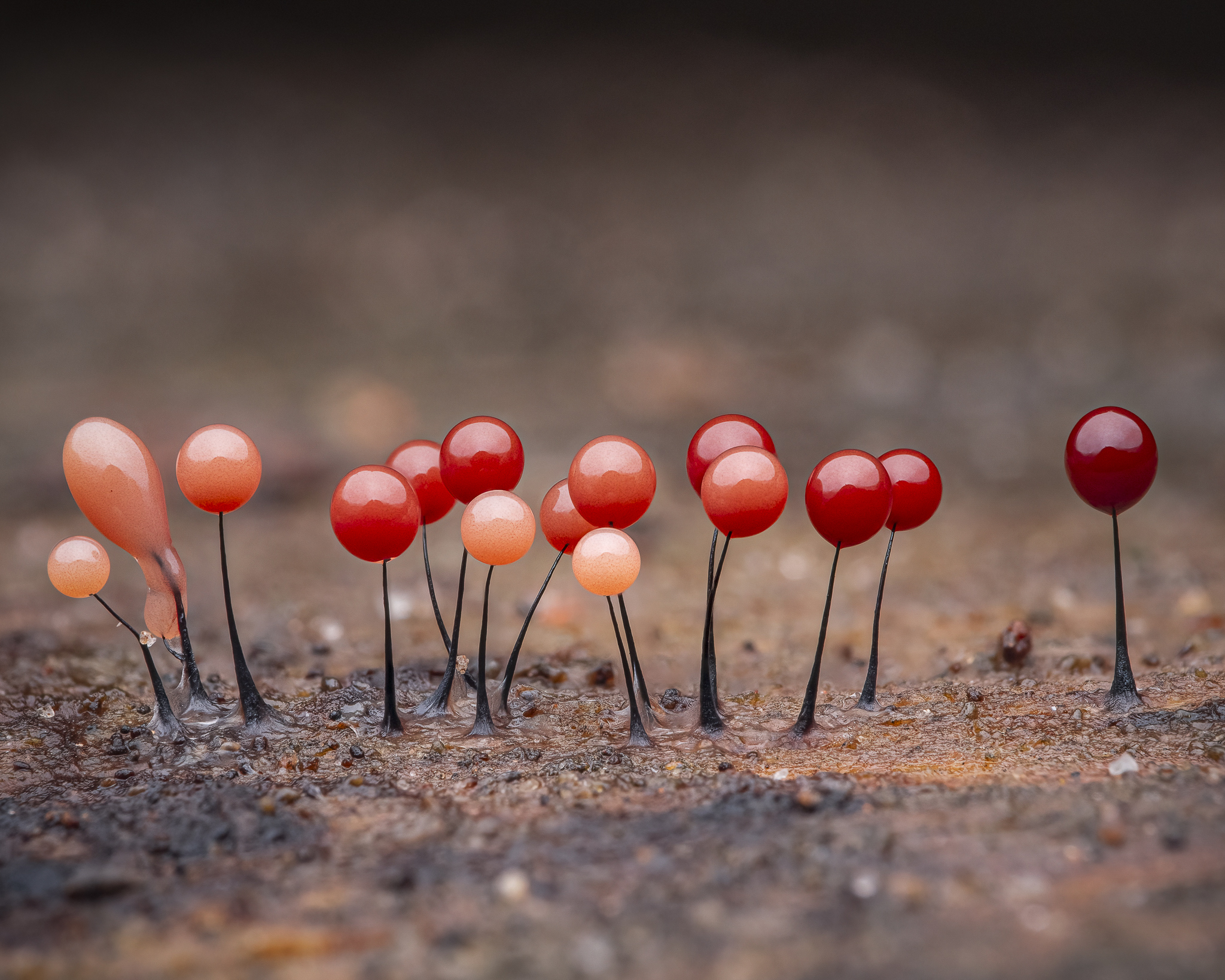|
Mycetozoa
Mycetozoa is a polyphyletic grouping of slime molds. It was originally thought to be a monophyletic clade, but in 2010 it was discovered that protostelia are a polyphyletic group within Conosa. Classification It can be divided into dictyostelid, myxogastrid, and protostelid groups. The mycetozoan groups all fit into the unikont supergroup Amoebozoa, whereas most other slime molds fit into various bikont groups ( fonticulids are opisthokonts). Utility in research The dictyostelids are used as examples of cell communication and differentiation, and may provide insights into how multicellular organisms develop. '' Physarum polycephalum'' are useful for studying cytoplasmic streaming. They have also been used to study the biochemical events that surround mitosis, since all of the nuclei in a medium-sized plasmodium divide in synchrony. It has been observed that they can find their way through mazes by spreading out and choosing the shortest path, an interesting example ... [...More Info...] [...Related Items...] OR: [Wikipedia] [Google] [Baidu] |
Slime Mold
Slime mold or slime mould is an informal name given to a polyphyletic assemblage of unrelated eukaryotic organisms in the Stramenopiles, Rhizaria, Discoba, Amoebozoa and Holomycota clades. Most are near-microscopic; those in the Myxogastria form larger plasmodial slime molds visible to the naked eye. The slime mold life cycle includes a free-living single-celled stage and the formation of spores. Spores are often produced in macroscopic multicellular or multinucleate fruiting bodies that may be formed through aggregation or fusion; aggregation is driven by chemical signals called acrasins. Slime molds contribute to the decomposition of dead vegetation; some are parasitic. Most slime molds are terrestrial and free-living, typically in damp shady habitats such as in or on the surface of rotting wood. Some myxogastrians and protostelians are aquatic or semi-aquatic. The phytomyxea are parasitic, living inside their plant hosts. Geographically, slime molds are cosmopo ... [...More Info...] [...Related Items...] OR: [Wikipedia] [Google] [Baidu] |
